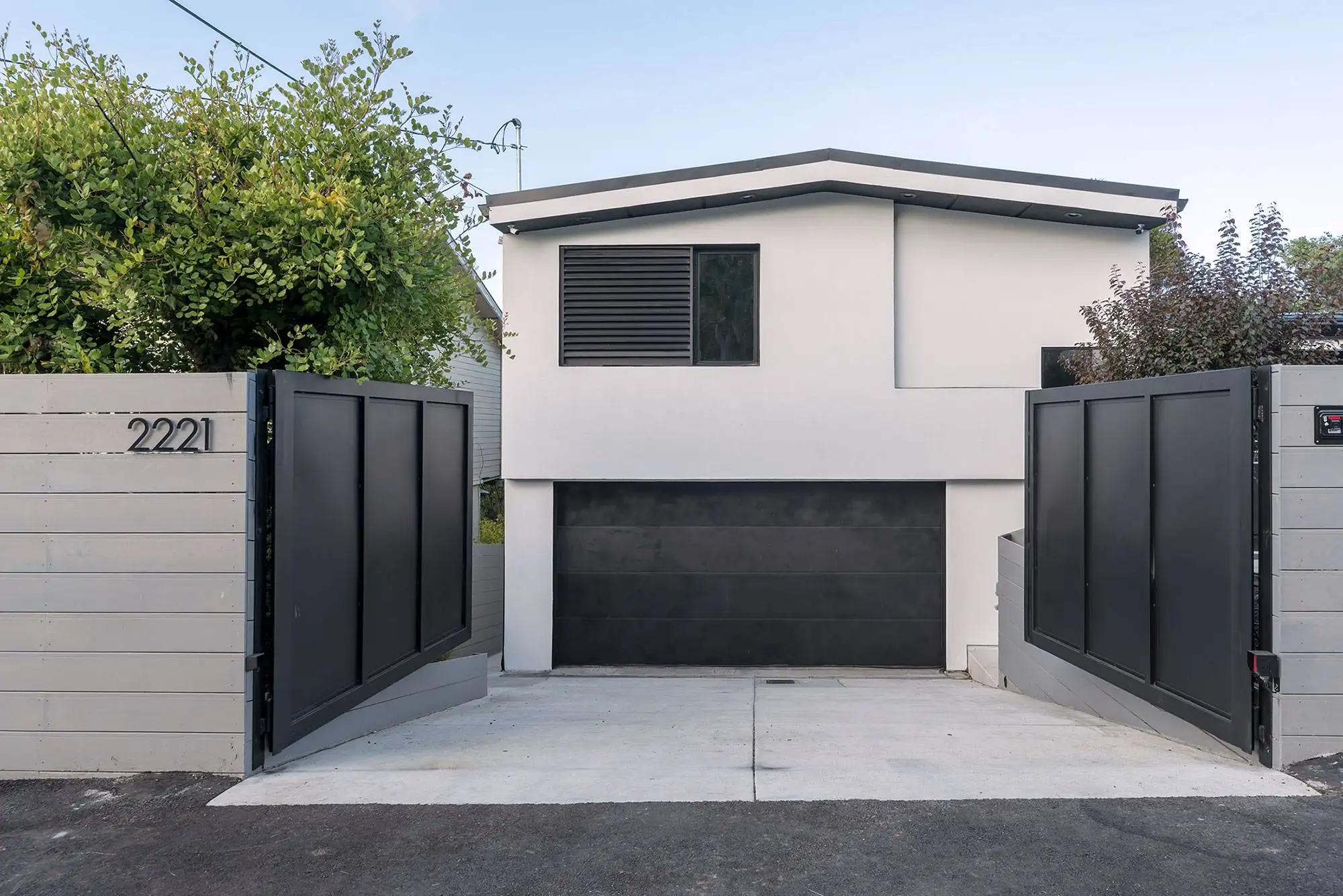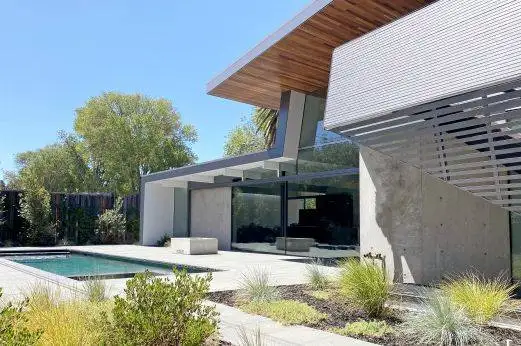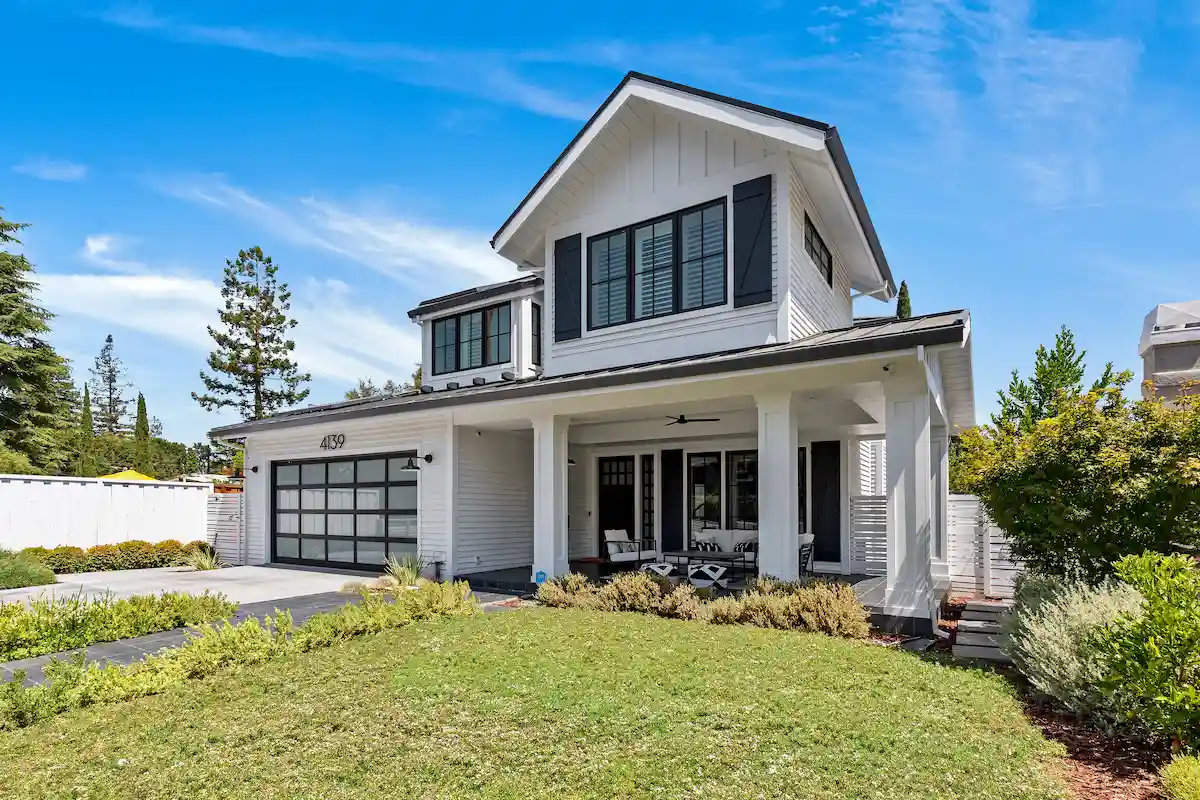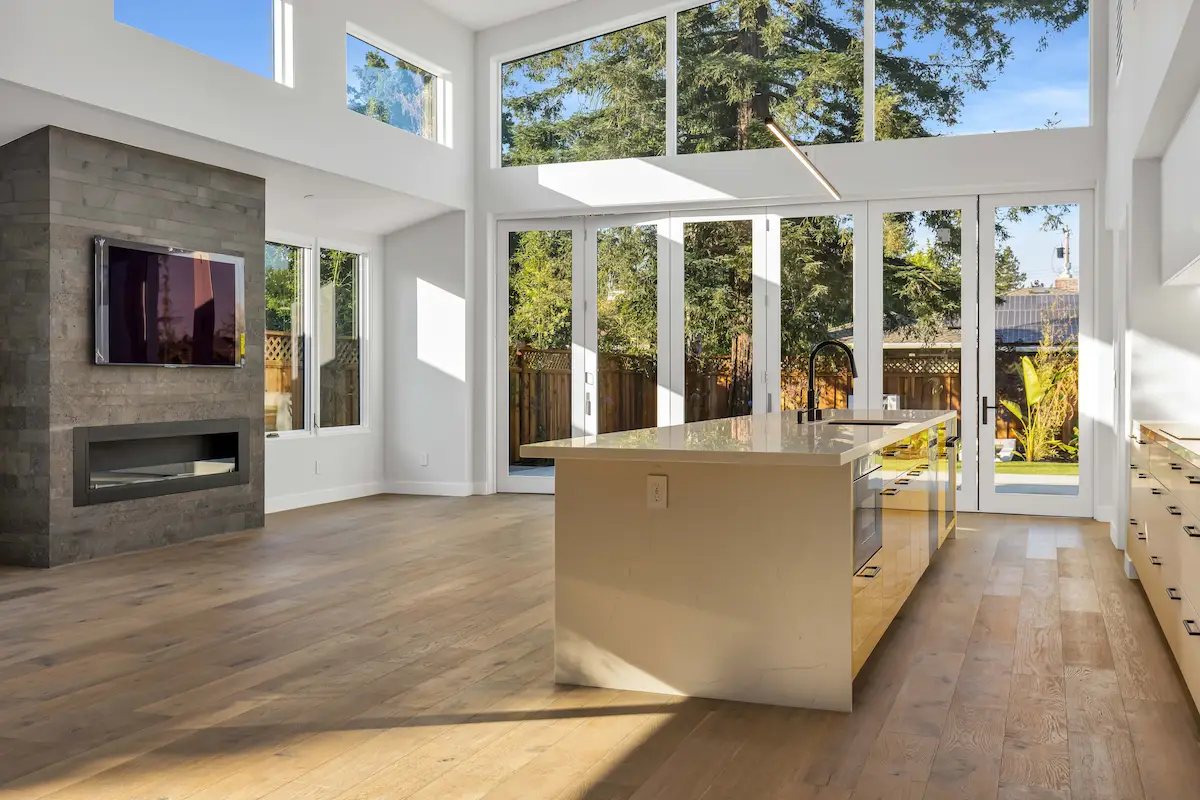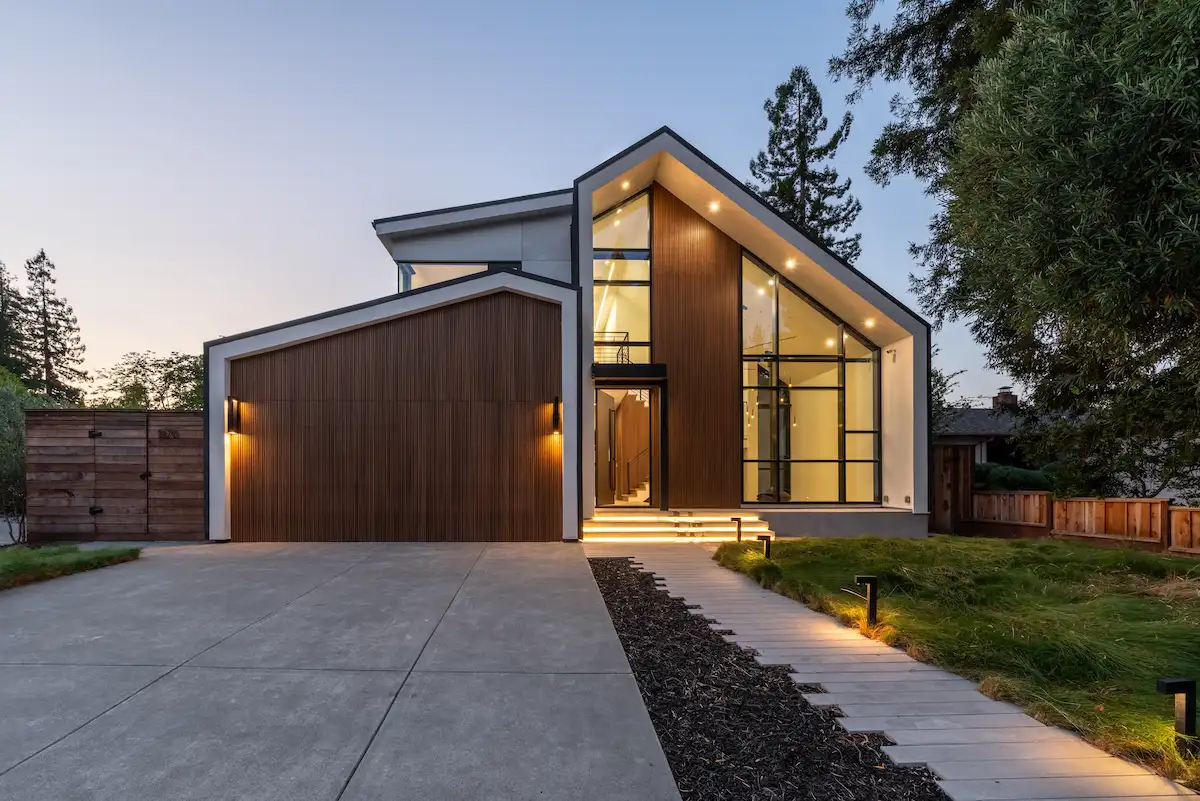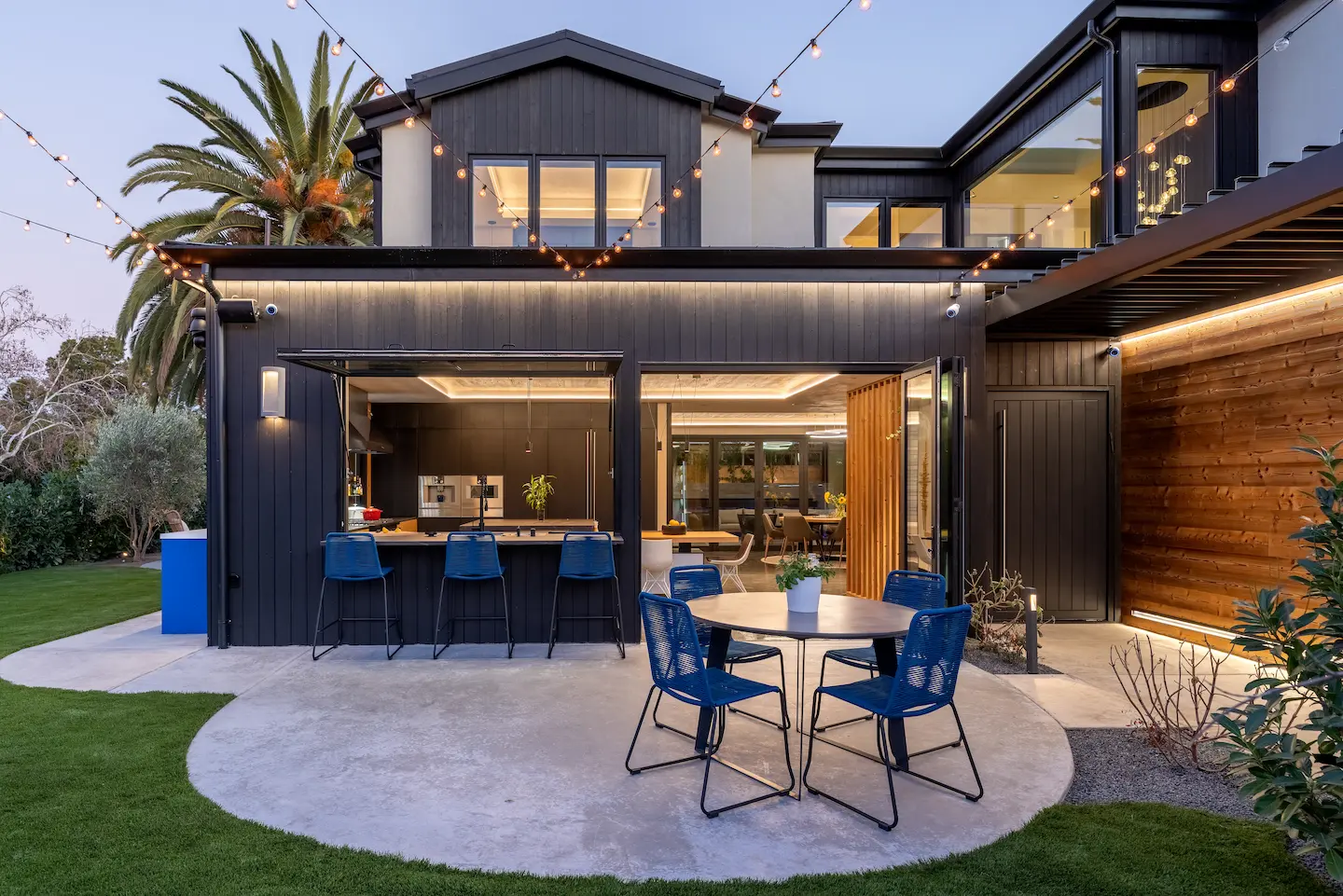Tax Planning for Home Renovators: How to Leverage 2025 Climate Credits and California Rebates
Posted
August 31, 2025

If you are renovating a home in the Bay Area this year, you are already juggling budgets, design choices, and city permits. What many homeowners do not realize is that 2025 is packed with new climate credits and rebate programs that can significantly impact your renovation costs.
These incentives are not just grants—they are tax savings that reduce both your upfront expenses and ongoing energy bills. Knowing how to combine federal and state options can transform your project from ordinary to smart and cost-efficient.
In this post, we break down the key programs available, how to qualify, and how to build them into your renovation plan for maximum financial value.
Federal Incentives: Inflation Reduction Act Benefits for Home Renovators
The 2022 Inflation Reduction Act introduced expanded clean energy tax credits that carry through 2025 and beyond. If your renovation includes energy upgrades, these incentives can reward you handsomely.
Key offerings include:
- Residential Energy Efficient Property Credit
Offsets 30 percent of the cost for solar photovoltaic installations, solar water heaters, and energy storage systems. - Home Energy Performance-Based, Whole House Rebates
These are rolling out through contractors and utilities. Rebates range from USD 2,000 to USD 4,000 depending on energy savings achieved. - High-Efficiency Electric Home Rebate Act
For income-qualified households, eligible upgrades include induction cooktops, mini-split heat pumps, and more, reimbursed up to USD 14,000 in California.
Research your change in tax liability and consult your CPA. The combined federal credits alone can reduce your renovation costs by 20 to 30 percent when properly stacked.
California-Specific Rebates and Programs
California leads on green incentives. Several programs align with state and local priorities for energy-efficient and resilient homes:
- Energy Upgrade California Express
Programs from local utilities (like BayREN and SMUD) offer rebates for heat pumps, insulation, efficient heat pumps, and more. - Self-Generation Incentive Program (SGIP)
Focused on solar battery installations, this program rebates up to USD 3,000 per kWh on eligible systems. - Clean Energy Upgrade Financing
Through your local utility, you may be eligible for on-bill financing covering 100 percent of cost upfront, paid over time in manageable installments. - State Tax Exemptions on Solar Devices
Solar panels and energy devices added to existing homes are exempt from California property tax reassessment, unlike full home remodels.
By Combining Incentives You Maximize Value
Here is how a typical Bay Area homeowner might stack incentives for a green remodel:
Solar + Battery Installation
Estimated Cost: USD 30,000
Federal Tax Credit: 30 percent = USD 9,000
State or Utility Rebate: SGIP USD 6,000
Net Cost: USD 15,000
Heat Pump HVAC + Insulation
Estimated Cost: USD 20,000
Federal Tax Credit: Performance-Based Rebates up to USD 4,000
State or Utility Rebate: Express Upgrades USD 2,000
Net Cost: USD 14,000
These numbers are approximate. Final incentives depend on income levels, energy modeling, and local utility participation. Actual savings can range from USD 10,000 to USD 20,000 or more.
Real Example from a Greenberg Construction Project
A homeowner in San Mateo wanted to retrofit their 1,200 square foot home with:
- Rooftop solar and battery storage
- Heat pump HVAC and electric water heating
- Enhanced insulation and LED lighting
The cost breakdown:
- Total project cost before incentives: USD 75,000
- Federal solar tax credit: USD 9,000
- SGIP rebate: USD 7,500
- Express rebate for HVAC and lighting: USD 3,000
- Whole-house performance based rebate: USD 3,500
- Net effective cost: USD 52,000
- Effective savings: USD 23,000 or 30 percent reduction
They reduced their energy use by 65 percent, lowered property tax increases due to solar exemptions, and positioned themselves for long-term savings and resilience.
Smart Steps for Effective Tax Planning
- Audit your planned renovations early with an energy advisor. Target upgrades that qualify for the best incentives.
- Bundle upgrades wisely. For example, add solar with battery or pair electrification with insulation.
- Document everything thoroughly. Keep receipts, permits, and contractor affidavits aligned with IRS and California rebate requirements.
- Coordinate timing. Some programs require work to begin or pre-approval before installation.
- Run the numbers. Energy modeling tools can estimate your specific savings and payback period, helping you prioritize.
Final Thoughts
Investing in home renovations today can do more than just refresh your space. When coupled with smart tax planning, you can make your project both beautiful and financially savvy. Greenberg Construction helps Bay Area homeowners navigate every step—from technical design to rebate coordination.
Let us help you renovate smarter, greener, and more affordably in 2025.

A Fair Comparison Between ZIP Sheathing & Standard Plywood Sheathing
Discover more insights for your dream home

